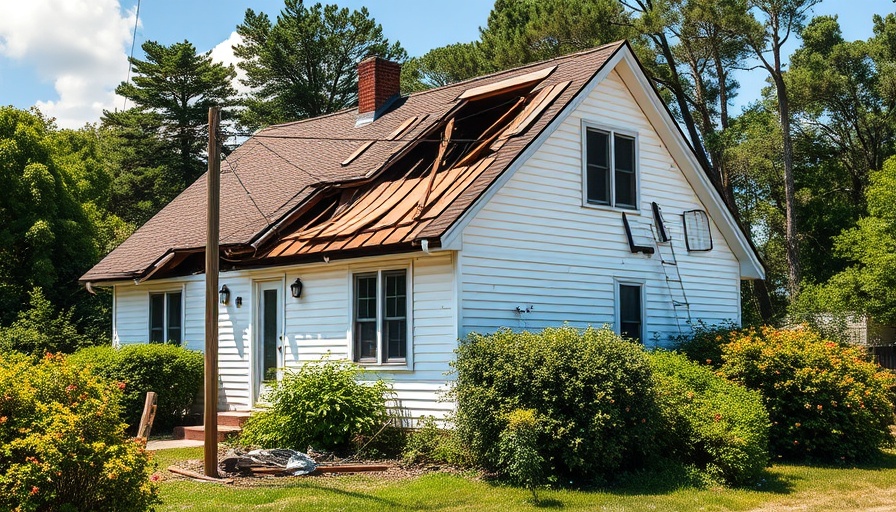
Understanding Your Insurance: Key Questions for Homeowners
As a homeowner in Minnesota or Wisconsin, storm damage is a reality you might face due to the region's harsh weather conditions. Knowing how to navigate insurance can save you from unexpected out-of-pocket expenses when storms hit. Here are four critical questions you need to ask about your homeowner’s insurance.
1. Am I Covered Under RCV or ACV?
The first question every homeowner should consider is whether their insurance policy offers Replacement Cost Value (RCV) or Actual Cost Value (ACV). RCV compensates you for the cost to repair or replace your property with like-kind quality without considering depreciation. This means you can replace items at today's prices, which is vital in times of fluctuating building costs. ACV, however, pays the market value minus depreciation, potentially leaving you with costs you’ll need to cover personally. Understanding this distinction is essential for appropriately managing your potential expenses.
2. How High Is My Insurance Deductible?
Insurance deductibles have significantly increased in recent years. Between 2019 and 2024, many homeowners found themselves facing deductible amounts ranging between $5,000 and $10,000. It is crucial to know how much you'll need to pay out-of-pocket before your insurance kicks in after a storm. The higher your deductible, the more you will pay if a claim is necessary, impacting your financial planning.
3. What Types of Deductibles Are There?
Homeowners should also be aware of the types of deductibles offered. Flat deductibles are fixed amounts assigned to any claim, while percentage deductibles vary based on the insured value of your home. Post-storm, understanding whether your deductible falls into either category will be crucial when evaluating your potential financial hit after a damage incident.
4. Do I Have Coverage for Cosmetic Damage?
Lastly, many insurance policies include a 'cosmetic damage exclusion' where damages that are purely cosmetic are not covered. They include scratches and fading that don’t affect the structure’s integrity. Ensure that you're not left without coverage for these types of common storm damages by checking your policy and considering adding an endorsement if necessary.
Understanding these questions can help you make informed decisions about your homeowner’s insurance policy and ensure you’re properly covered when storms hit. For more specific guidance, consult with a local storm damage expert or your insurance agent.
If you haven’t reviewed your insurance policy recently, now is the time to do so. Being proactive about your insurance coverage can make all the difference when it matters most.
 Add Row
Add Row  Add
Add 




Write A Comment